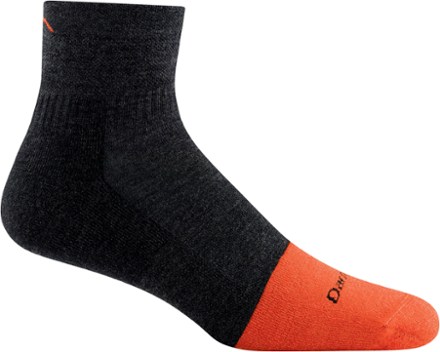
The Best Sleeping Pads for Camping: Tested
We’ve come a long way from the days when campers laid out bedrolls on pine boughs. The sleeping pads lining shelves today are thick, cushy, warm and downright palatial compared to the mats of yore. Frankly, many are nicer than what college kids sleep on.And when your vehicle does the heavy lifting—whether you’re car camping or overlanding—almost any sleeping pad is yours for the taking. You simply need to decide what type of pad you want, then factor in personal preferences like dimensions and price. There are a ton of options available to you, dear sleeper, and we bet there’s one for you in this list.Buying AdviceIf you’re looking for a car-camping sleeping pad, your motorized packhorse is doing the heavy lifting, so just pick the warmest, cushiest, most durable pad you can afford, taking into account your space. Your unfurled sleeping pad needs to fit inside your tent, and your packed-up sleeping pad needs to fit in your vehicle and wherever you’d like to store it when not in use.Types of PadsYou have three main sleeping-pad styles to choose from: air pads, self-inflating foam pads and closed-cell foam pads.Most car-camping sleeping pads are of the self-inflating foam variety. That means they have open-cell foam insulation for warmth and padding, plus air inflation to enhance cushioning. To inflate one, you open a valve to let the outside air pressure plump up the pad. (This typically takes five to 10 minutes.) To get it fully inflated to your liking, though, you’ll have to blow a few lungfuls in, too. (Some pads come with a pump.)Self-inflating pads’ warmth comes from the open-cell foam inside. Compared to air pads, they are heavier and bulkier to pack, and because they’re inflated, you need to take care not to puncture them and should carry a field-repair patch kit on your trips.Pad R-ValuesR-value measures a pad’s resistance to heat flowing through it (hence the “R”). Higher R-values are warmer. Below are rough guidelines about temperature conditions for different R-value ranges:R-value less than 2.0: Warm-weather padsR-value 2.0 to 3.9: Cool-weather padsR-value 4.0 to 5.4: Cold-weather padsR-value 5.5 and greater: Extreme-cold-weather padsMethodologyWe distributed the best sleeping pads intended for car camping that are currently available at REI among a team of 12 testers. Over the past year, these co-op members logged more than 250 nights on these mattresses. They camped beneath the Milky Way in Utah, sweltered through Nevada’s hottest evenings in Red Rock Canyon and entertained babies during whipping winds outside Ottawa, Canada.At the end of the testing session, we asked our team to evaluate each sleeping pad used on its comfort, warmth, durability, ease of setup and packability. We then took those scores, found the averages, and presented our top picks to you in this guide.The top overall scorer is the NEMO Roamer – XL Wide (98), which we’ve also awarded an REI Co-op Editors’ Choice Award. Following the Roamer, the Big Agnes Boundary Deluxe (95), the Exped MegaMat 10 (94), the REI Co-op Kindercamp (93), the Kelty Mistral SI (93), the REI Co-op Kingdom Cot 3 (92) and the HEST Sleep System (91) scored high in most—but not all—categories. The REI Co-op Camp Bed (90) and Helinox Cot Max Convertible (89), which scored high in some categories, are good choices for specific users.




